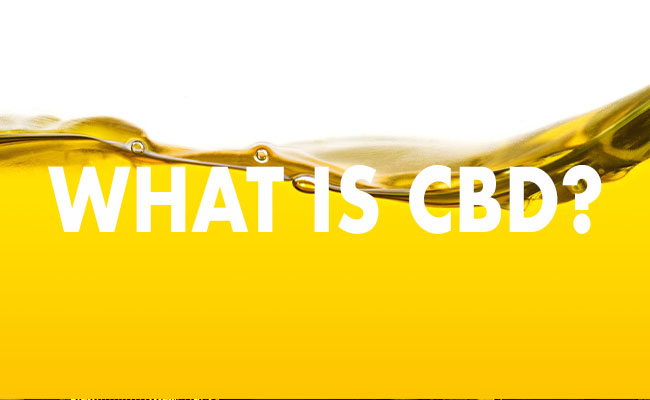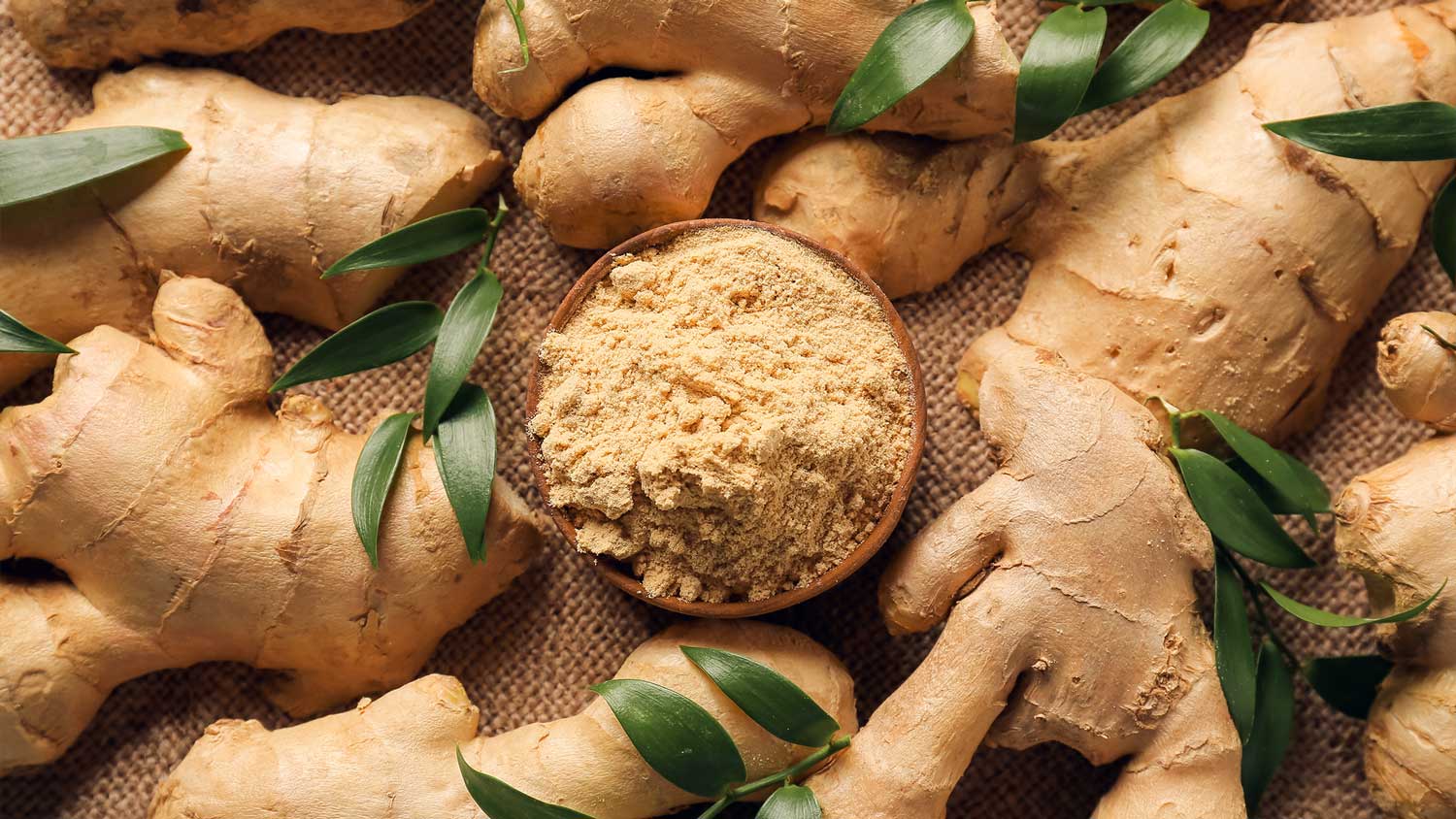
Tea Time | What's In Your Cup?
WRITTEN BY MADISON SCHMIDT AND DR. SWATHI
If you are anything like me, walking into a tea shop or down the tea aisle at the grocery store can be overwhelming. There are so many tea types, flavors, and intended uses that it is hard to know where to start! So, let’s break it down.
There are four types of tea that originate from the Camellia sinensis plant; black, green, oolong, and white tea which all offer an array of benefits. Each of these types of tea contains caffeine unless specifically stated otherwise (1). Naturally, on average they contain about half the caffeine of a conventional cup of coffee, but certain teas can be manufactured to be low caffeine or caffeine free (2).
-
White Tea: This tea contains the least amount of caffeine, but a very high quantity of antioxidants making it arguably one of the most nutrient-dense. It also can help strengthen the teeth as it contains fluoride (3).
- Green Tea: This tea may help aid in weight loss, increased mental alertness, and headaches. It also has a significant amount of anti-inflammatory properties which can help with a variety of conditions such as easing digestive symptoms and promoting clear skin. Matcha is a unique form of green tea that is a fine powder which requires a more complex process to consume in contrast to simply steeping other forms of tea. It is known as being a powerhouse with many more antioxidants and other benefits compared to other teas (4).
-
Oolong Tea: This tea has properties that can aid in reducing anxiety and increasing alertness. Like green tea, it also contains many anti-inflammatory properties (3).
- Black Tea: Eat the rainbow. You have probably heard that many times, but black is often a forgotten color and many of these foods, like black tea, are filled with antioxidant and anti-inflammatory properties. This tea type is very versatile and can be served at nearly any temperature, depending on the time of year and your preference. A few examples include English Breakfast, Earl Grey, Assam, and Darjeeling; a few of which are infamously used to make Indian-style chai lattes. When you need a pick me up, black tea could be the way to go as it contains the most caffeine. It is worth noting that when served as sweet tea, the added sugar is not recommended as they do not have any nutritional value (5).
Although commonly referred to as “tea”, herbal tea is technically an infusion and it does not originate from Camellia sinensis. Since herbal “tea” does not originate from the plant, most teas come from, it instead is made with dried herbs, flowers, fruits, and spices (1,6). Another distinguishing factor between tea and herbal infusions is the caffeine content. As mentioned, tea contains caffeine, whereas most herbal teas are not caffeinated. There are many different blends of herbal infusions, but let’s talk about a few of the most common: Chamomile, peppermint, and ginger “teas”.
-
Chamomile Tea: This tea is commonly referred to as bedtime tea. It can assist with relaxation and calming of the mind and body. Chamomile is also known for having antioxidant and anti-anxiety properties (7,8).
-
Peppermint Tea: If you are looking for something refreshing, we would recommend peppermint tea. This tea can also be used for motion sickness, nausea, and upset stomach (2).
- Ginger Tea: Like peppermint tea, this tea can help decrease nausea and upset stomach. It can also be ingested to improve oral hygiene as it can kill bad bacteria in the mouth to help prevent infection (2,9).
Regardless of caffeine content, all teas contain polyphenols that offer a vast range of health benefits. But, what are polyphenols? They are phytonutrients, or plant-derived nutrients, that serve to decrease the free radicals in our bodies; free radicals are produced in our bodies to combat internal and external stresses, such as exposure to toxins like pollution and/or emotional distress. Keep in mind: not all free radicals are bad. They can be highly beneficial when certain systems are out of balance, like the endocannabinoid system; this can lead to oxidative stress, which occurs when there are more free radicals in our body than antioxidants. When unopposed by antioxidants, oxidative stress has been known to be the cause of many diseases (10,11). Incorporating antioxidants into our daily lives may help negate the effects of oxidative stress. Antioxidants work to balance out the potentially harmful free radicals and can be obtained from fruits, vegetables, nuts, and, of course, tea (12)!
Resources:
- Chandrasekara A, Shahidi F. Herbal beverages: Bioactive compounds and their role in disease risk reduction - A review. Journal of Traditional and Complementary Medicine. 2018 Oct; 8(4): 451–458.
- Harvard T.H. Chan. The Nutrition Source: Tea. 2021.
- Penn Medicine. The Hidden Health Benefits of Tea. 2019 Dec 9.
- Chacko SM, Thambi PT, Kuttan R, Nishigaki I. Beneficial effects of green tea: A literature review. Chinese Medicine 2010 5:13.
- Rasheed Z. Molecular evidences of health of drinking black tea. Internal Journal of Health Sciences. 2019 May-Jun; 13(3): 1–3.
- Amaya-Cubides C. Is Chamomile Tea a Real Tea. 2017 Dec 5.
- Chaves PFP, Hocayen PDMS, Dallazen JL, et al. Chamomile tea: Source of a glucuronoxylan with antinociceptive sedative and anxiolytic- like effects. International Journal of Biological Macromolecules. 2020 December 1; 164: 1675-1682.
- McKay DL, Blumberg JB. A Review of the Bioactivity and Potential Health Benefits of Chamomile Tea (Matricaria recutita L.). Polytherapy Research. 2006; 20: 519-530
- Rahmani AH, Shabrmi FMA, Aly SM. Active ingredients of ginfer as potential candidates in the prevention and treatment of disease via modulation of biological activities. International Journal of Physiology, Pathophysiology and Pharmacology. 2014; 6(2): 125–136.
- Lobo V, Patil A, Phatak A, Chandra N. Free radicals, antioxidants and functional foods: Impact on human health. Pharmacognosy Review. 2010 Jul-Dec; 4(8): 118–1
- Benzie IFF, Wachtel-Galor S, eds. Herbal Medicine Biomolecular and Clinical Aspect. 2nd ed. Boca Raton, FL: CRC Press/Taylor & Francis; 2011.
- Chen D, Milacic V, Chen MS, et al. Tea Polyphenols, their biologic effects and potential molecular targets. Histol Histopathol. 2008 Apr; 23(4): 487–496.
--
This article was edited by Dr. Swathi and was written by Element Apothec Scientific Communications Intern, Madison Schmidt. She is a Doctor of Pharmacy (PharmD) student at Southern Illinois University Edwardsville School of Pharmacy in Edwardsville, Illinois.











